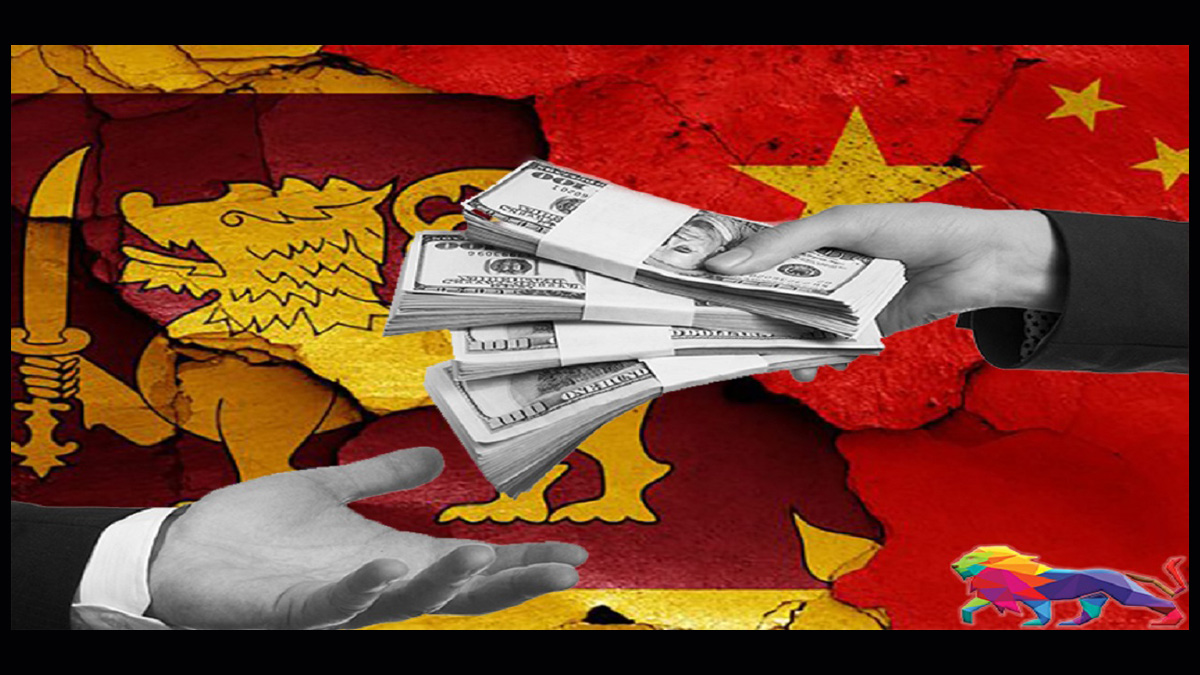
Sri Lanka’s China ‘Debt Trap’ Fears Intensify Amid Ongoing Investments
As China Extends Its Influence, Sri Lanka Struggles with Economic Crisis
Sri Lanka finds itself at a crossroads as surging investments from China continue, casting a shadow over the island nation’s attempts to restructure towering debt and recover from its worst economic crisis as an independent nation. The pressing question looms: Just how much leverage does Beijing hold over Sri Lanka?
In May 2022, Sri Lanka made headlines by becoming the first Asian lower-middle-income country to default on its sovereign debt in two decades, marking a significant turning point in the country’s financial history. At the heart of the issue were Chinese loans that had funded a series of large infrastructure projects, including highways, an airport, and a port, driving the nation’s debt to alarming levels.
Since 2009, Sri Lanka’s debt had been on an upward trajectory as the government sought to boost the country’s infrastructure after emerging from a civil war. The country’s alignment with China’s Belt and Road Initiative (BRI) drew skepticism from critics who accused Sri Lanka of falling into a supposed Chinese ‘debt trap.’ This theory suggests that nations are lured into accepting unsustainable loans for infrastructure projects, potentially giving Beijing strategic or military influence during times of financial distress.
China has consistently denied claims of operating a debt trap, asserting that it does not force borrowing or attach political conditions to loan agreements. However, concerns persist over the extent of Beijing’s influence on Sri Lanka’s economic decisions, Nikkei Asia Reported.
Despite indicating a willingness to restructure Sri Lanka’s outstanding foreign loans of $36.4 billion, China is simultaneously expanding its direct investment in the country. In November, Sri Lanka approved a $4.5 billion refinery project proposed by Chinese state-owned oil giant Sinopec, marking the largest investment in the country since the 2022 economic crisis.
Toshiro Nishizawa, a professor at the University of Tokyo, sees the investment as potentially beneficial for Sri Lanka in addressing fuel shortages. However, it also raises questions about Beijing’s leverage in the island nation’s economy.
Sri Lanka’s sole oil refinery, managed by the state-owned Ceylon Petroleum Corporation, has struggled to meet domestic demand amid economic growth. Efforts to expand refining capacity have attracted interest from China, the U.S., and India. In an attempt to mitigate the risk of Chinese dominance, Sri Lanka is actively seeking other partners, particularly India.
Both India and the U.S. are making strategic moves to counterbalance Chinese influence. The U.S. announced a $553 million loan for the development of a container terminal in Colombo, operated by Indian tycoon Gautam Adani. This reflects the geopolitical tug-of-war for influence in the region.
Ganeshan Wignaraja, a visiting senior fellow at the Overseas Institute in London, emphasizes that Sri Lanka’s debt crisis has exposed its energy security issues and lack of foreign exchange. He suggests that Chinese investment in petroleum refining by Sinopec could enhance energy security, provided there is open competition in the energy market.
However, concerns persist regarding the potential risks of a private monopoly under Sinopec, leading to higher fuel prices and variable fuel supply. Questions arise about whether Chinese investments will align with the national agenda or serve the commercial goals of individual Chinese actors.
The ongoing debt restructuring process adds another layer of complexity. While an agreement in principle was reached with 14 creditor nations (excluding China) in November, a deal with external private creditors remains pending. Sri Lanka reached a preliminary debt restructuring agreement with the Export-Import Bank of China in October, covering around $4.2 billion of the country’s outstanding debt.
Deborah Brautigam, a professor at Johns Hopkins University, anticipates that once Sri Lanka stabilizes and experiences economic growth, Chinese foreign investment is likely to increase. However, Chinese lending may not expand, as most banks tend to avoid countries that have defaulted.
Despite China’s emphasis on the Belt and Road Initiative’s success, lending through BRI has decreased since 2017, and the value of new projects has remained stagnant. The average size of deals has also shrunk compared to the pre-pandemic period. Beijing is increasingly relying on state-owned commercial banks rather than policy banks.
AidData’s research indicates that Chinese official-sector institutions lent $1.34 trillion to 165 low- and middle-income countries from 2000 to 2021. However, with rising global interest rates, developing countries are facing higher debt repayments to Beijing.
In response, Beijing has increased short-term, emergency rescue lending, comprising 58% of such loans to low- and middle-income countries in 2021. This strategy ensures that major BRI participants have sufficient funds to service outstanding infrastructure project debts.
In cases of repayment difficulties, Beijing has reportedly initiated “paying itself” by withdrawing dollars and euros from cash collateral accounts, placing financially distressed borrowers in a challenging position.
While China’s outward direct investment has grown, it remains cautious in BRI lending to avoid a double-edged debt trap. Nishizawa sees this trend as desirable to reduce risks for both China and BRI debtor nations. The evolving situation underscores the intricate balance of geopolitical, economic, and strategic factors that define Sri Lanka’s relationship with China and its attempts to navigate the complexities of debt restructuring and economic recovery.














Comments